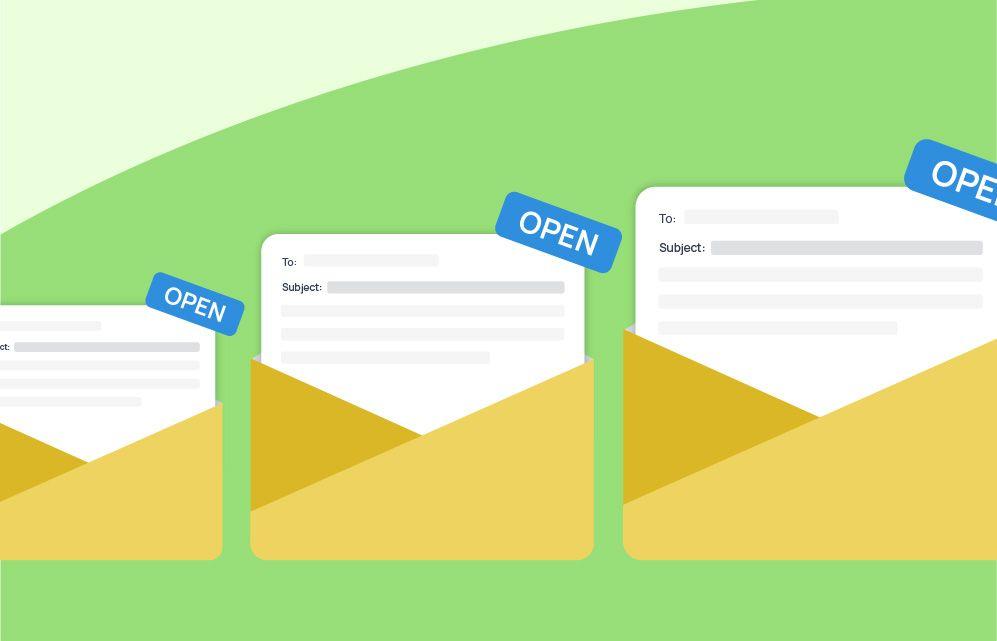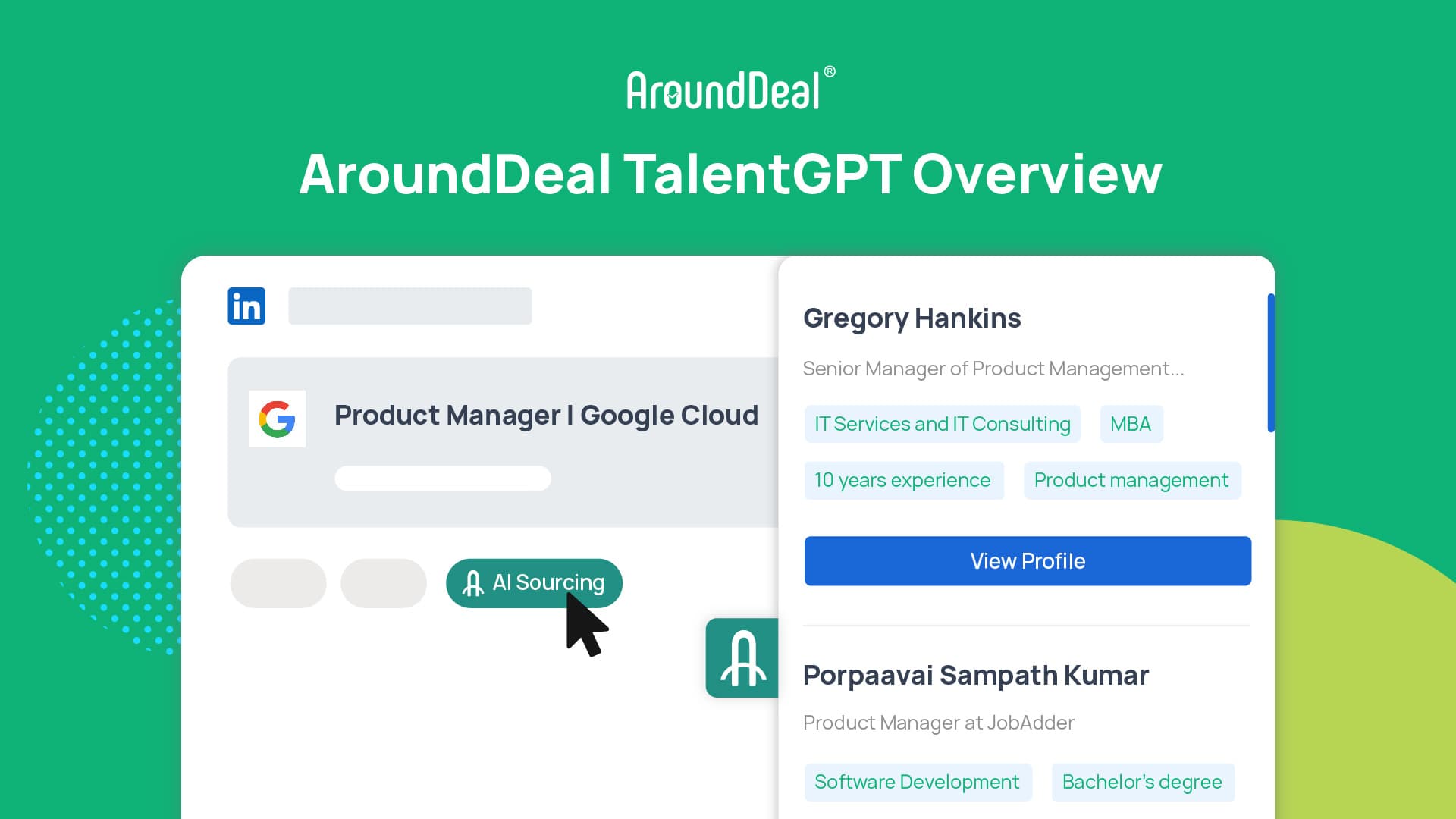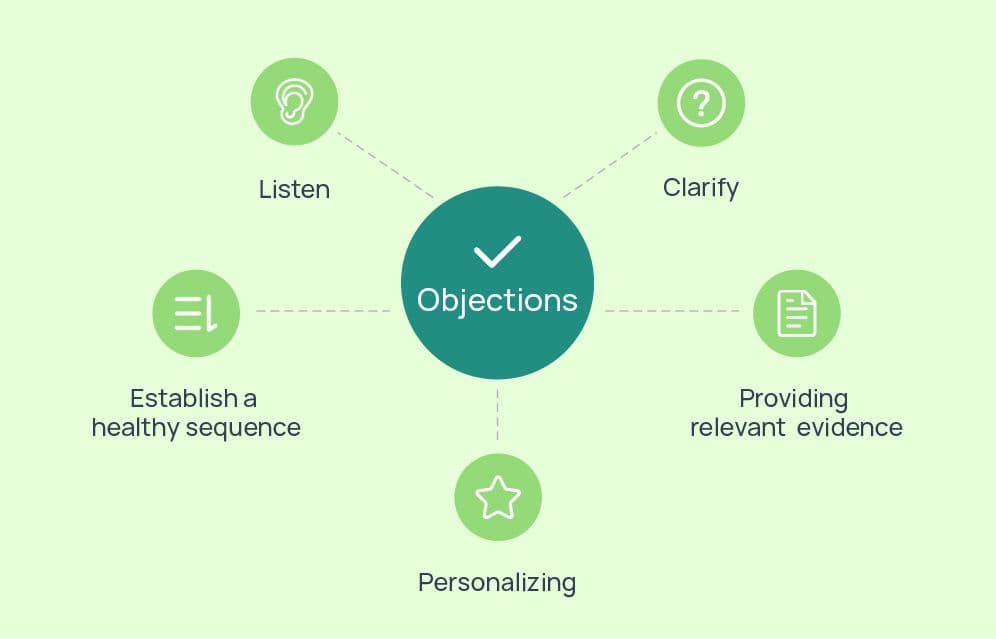
Email marketing is a crucial part of any solid online marketing strategy. The email open rate is a standardized metric for measuring an email marketing campaign's success. It gives you an idea of how many recipients opened your email. This is a pretty simple formula:
Email Open-Rate = Subscribers Who Open A Specific Email / Total Number of Subscribers
It is noteworthy that emails which aren't delivered can't be opened. For example, if you send 100 emails, only 90 of them are delivered, and 10 of those 90 delivered emails are opened. This means your email open rate is 11%.
According to Mailchimp 2022 Email Marketing Statistics, in 2021, the average email open rate across all industries was 21.3%. In 2022, the overall average email open rate has been steadily declining to 16.97%. We expect to see an increase in data in the coming year. This blog will show you five important ways to increase your emails' effectiveness and boost engagement.
How to Increase Your Email Open-Rates?
1. Verify Recipients' Email Addresses
Use AroundDeal Bulks Verifier — a professional email address verification tool — is a worthwhile investment for the benefits it brings to your business. A verified email address can help clean your customers' email lists, build a healthy email reputation, save money by sending fewer spam emails and boost the ROI of your email marketing campaigns — all of this will lead to increased sales.
You can easily verify your prospects lists with AroundDeal bulk tasks in minutes.
Here are some benefits you can get:
- Boost sender reputation
- Escape Spam Traps
- Remove Hard Bounces
- Improve Open Rates
2. Optimize Subject Lines‘ Length
The email subject line is an important part of your email to lead the recipient to open it. Just try to make them as short as possible. This is the golden rule of writing subject lines. But you should also analyze your data to determine which devices your subscribers use to open and interact with your emails.
For example, for those subscribers who read emails on mobile devices, shorter subject lines along with no more than 9 words and 60 characters are often easier to read, because mobile screens are smaller.
3. Personalize Subject Lines
Personalization! It is the key to grabbing your reader's attention and enticing them to read further. A personalized subject line inserts a detail relevant to your targeted recipient. This can be their name, occupation, location, interests, post-purchase follow-ups, birthdays and anniversaries or other personal information. It‘s a great way to stand out in your customers' inboxes and increase engagement while increasing click-through rates.
Don't use common phrases that trigger spam filters in your subject lines. For example, write all words in caps or use too many punctuation marks. These often increase your chance of landing in a spam folder.
4. Segment Your Email List
When customers open your emails, it depends on what they get out of them. If a subscriber has already bought something from you, he will be more inclined to open future email campaigns. But if it's a cold email, putting massive product messages in the subject line may not match recipients' interests.
For this reason, it is important for you to segment your audience so that you can give them the information they are interested in and not just promote products which they may not necessarily need or want.
You should show your value and give a strong reason in every subject line and pre-header text to tell the recipients why your email is worth being open.
5. Send An Email at The Right Time
Timing is a significant factor that can have a huge impact on your email open rates. Timing and send volume are the two primary drivers of engagement across email senders, followed by subject line and personalization. A recent study found that most B2B marketers schedule their emails at 8am and 7pm EST, with a notable absence of 9am-10am send times.
Suggesting the best time to send an email is usually decided by several factors, including the geography & demography of your target audience, holidays, type of emails, etc. Find the most engaged and ready-to-open time.
Start sending a better emails and increase your open-rates with Bulks Verifier from AroundDeal. Sign up for a free account to try it out yourself!





